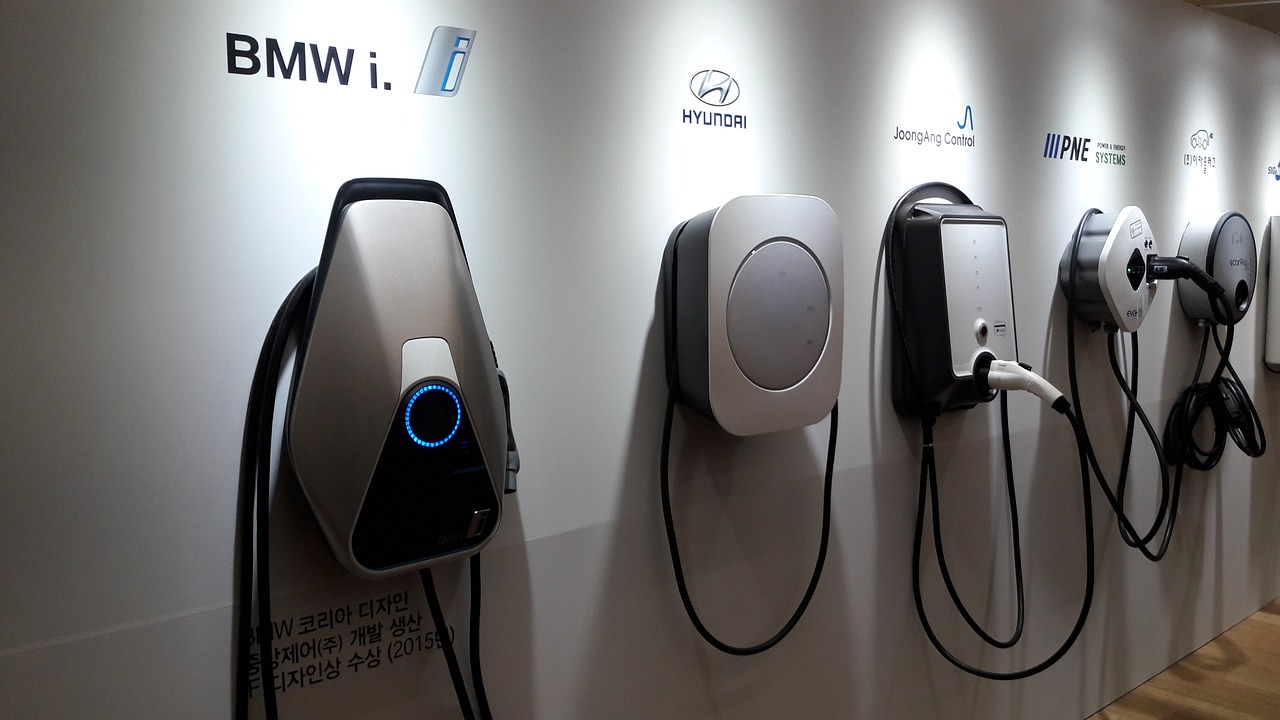Electric Vehicle Power Transfer System – NEC Section 625.60: AC Receptacle Outlets Used for EVPE

By: Robert Key | Jun 02, 2021
The popularity of electric vehicles continues to increase. Chevrolet, Nissan, Kia, Tesla, and Toyota are just some of the manufacturers who produce and sell electric vehicles. This means NEC Article 625, Electric Vehicle Power Transfer System, will see a lot of use. You may have noticed the title of Article 625 has changed from Electric Vehicle Charging System to Electric Vehicle Power Transfer System. This makes sense since the vehicle itself can be used as a power source for appliances or premises wiring.
For the 2020 edition of the NEC, the content and scope of Article 625 has expanded to include receptacle outlets installed inside electric vehicles if the receptacle outlet is used as Electric Vehicle Power Export Equipment (EVPE) (See Section 625.60). This leads to several questions:
- How can the Code have jurisdictional authority over a receptacle outlet inside a vehicle?
- What constitutes an electric vehicle?
- Are hybrids like Toyota’s popular Prius included in the new requirements?
- Finally, what are the new requirements?
First, the scope of what is covered in Section 90.2(A) has expanded in the 2020 NEC. It now includes “Installations used to export electric power from vehicles to premises wiring or for bidirectional current flow.” This, in conjunction with new Code Section 625.60, AC Receptacle Outlets Used for EVPE, gives the NEC authority to govern a vehicle mounted receptacle outlet if it is used for exporting or for bidirectional current flow. This is new for the NEC.
Second, the definition of an Electric Vehicle can be found in Article 100:
Electric Vehicle (EV). An automotive-type vehicle for on-road use, such as passenger automobiles, buses, trucks, vans, neighborhood electric vehicles, electric motorcycles, and the like, primarily powered by an electric motor that draws current from a rechargeable storage battery, fuel cell, photovoltaic array, or other source of electric current. Plug-in hybrid electric vehicles (PHEV) are vehicles having a second source of motive power. Off-road, self-propelled electric mobile equipment, such as industrial trucks, hoists, lifts, transports, golf carts, airline ground support equipment, tractors, boats, and the like, are not considered electric vehicles.
Based on this definition, a hybrid vehicle utilizing both a gasoline engine and a battery pack for locomotion would not be considered an EV since the configuration is not typically powered primarily by an electric motor. However, a plug-in hybrid would be considered part of the EV (PHEV) family.
Finally, what are the specific requirements for EV receptacle outlets covered in the 2020 NEC?
2020 NEC, Section 625.60, AC Receptacle Outlets Used for EVPE, says alternating current receptacles installed inside electric vehicles and allowing for the connection of off-board utilization equipment must comply with four specific requirements:
- Type – The receptacle outlet must be listed.
- Rating – The receptacle outlet must be rated 250-volts maximum, single-phase, 50 amps maximum.
- Overcurrent Protection – EV outlets must be provided with overcurrent protection integral to the power export system. The overcurrent protection must have a nominal rating sufficient for the receptacle it protects, be sufficiently rated for the maximum available fault current at the receptacle, and be included in the interactive equipment evaluation (see Section 625.48).
- GFCI Protection for Personnel – GFCI protection for personnel must be provided for all receptacles. The GFCI indication and reset must be installed in a readily accessible location.
Informational Note: There are various methods available to achieve GFCI protection.
These requirements are self-explanatory and reasonable. They provide basic protection for the user and for premises wiring or appliances connected to Electric Vehicle Power Export Equipment (EVPE).
We have defined what Electric Vehicles are and the new requirements that apply to them. The enforcement of these regulations will certainly not be in the purview of the electrician or inspector. Perhaps a representative from the responsible code-making panel will reach out to manufacturers to achieve compliance. This new Code section will help achieve the purpose of the NEC, that is, “The practical safeguarding of persons and property from hazards arising from the use of electricity.”


